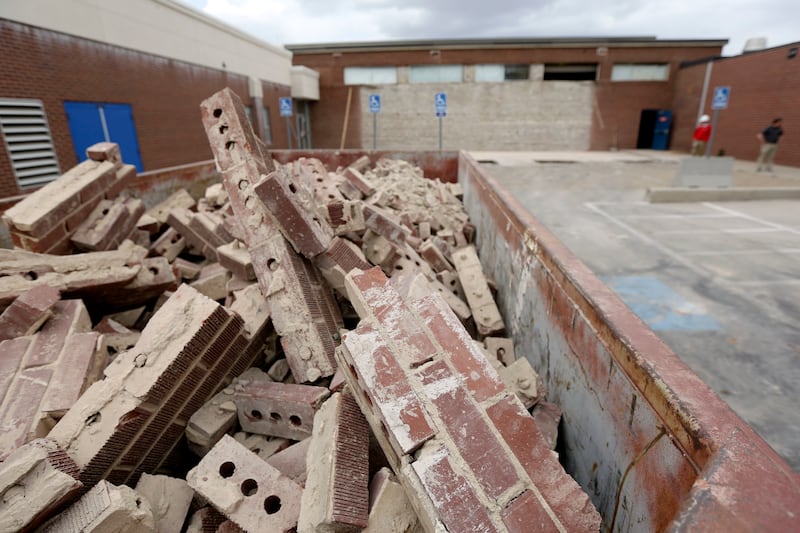Sometimes, nature speaks at just the right moment. Last Thursday’s 4.2 magnitude aftershock in the Salt Lake Valley was a great example.
Although never a good thing, this small quake came only a few hours before the official Utah Shakeout Day drill, which otherwise might have gotten lost among the many people who are working from home.
Instead, it was a vivid reminder about preparedness, stacked atop a 4.2 temblor the week before and roughly 1,200 other aftershocks in the month since Magna was hit by a 5.7 quake. Take the lessons from Shakeout Day seriously. Some day, something much stronger is likely to hit the Wasatch Front.
For many who live along Salt Lake County’s west side, last month’s quake was more than a reminder. Many suffered damages to homes. In particular, mobile homes and unreinforced brick or masonry structures fared the worst.
A Deseret News analysis published two years ago concluded that 1 in 3 houses built before 1975 would crumble in the event of a 7.0 earthquake, which experts say is the maximum that could strike the Wasatch Front.
Such a quake would be considerably more powerful than what hit last month.
Salt Lake City and the federal government have provided funding to help homeowners fortify vulnerable structures through the years. The exact number of reinforced homes is hard to identify because records are incomplete. However, it’s safe to say many of these houses still remain as they were when built.
The analysis said 33.5% of stand-alone homes in Utah’s most populous county could be described as unreinforced masonry, meaning the bricks used for construction are not reinforced in a way that would help them bend, not crumble, in a quake.
In raw numbers, this translates to about 76,000 single-family houses, out of a total of 226,500 in the county.
State lawmakers ought to begin taking this matter seriously, offering programs to help homeowners through low-interest loans, or by some other funding mechanism, to fix this problem. While such a thing would be expensive, it must be weighed against the enormous expense, to structures and well as lives, that might result if nothing is done.
Beyond this problem, it’s worth asking yourself some of the basic questions from Shakeout Day. Specifically, what did you do when you felt the 5.7 quake? Did you hide beneath a table? Did you stand still, watching your home rattle and hoping for the best?
What have you done in the month that has passed? Did you become more aware of objects that might fall, or large objects, such as bookcases, that might topple over and cause injuries? Have you tied down your water heater and anchored vulnerable pieces of furniture? Do you have a family emergency plan? If so, does every family member know what to do and where to go?
The website beready.utah.gov offers some helpful information.
That’s the kind of reference that might have fallen on deaf ears in years past, when some people viewed the Great Shakeout as little more than a way to get out of work for a few minutes. Now it should be starkly obvious how serious of an issue it really is.

